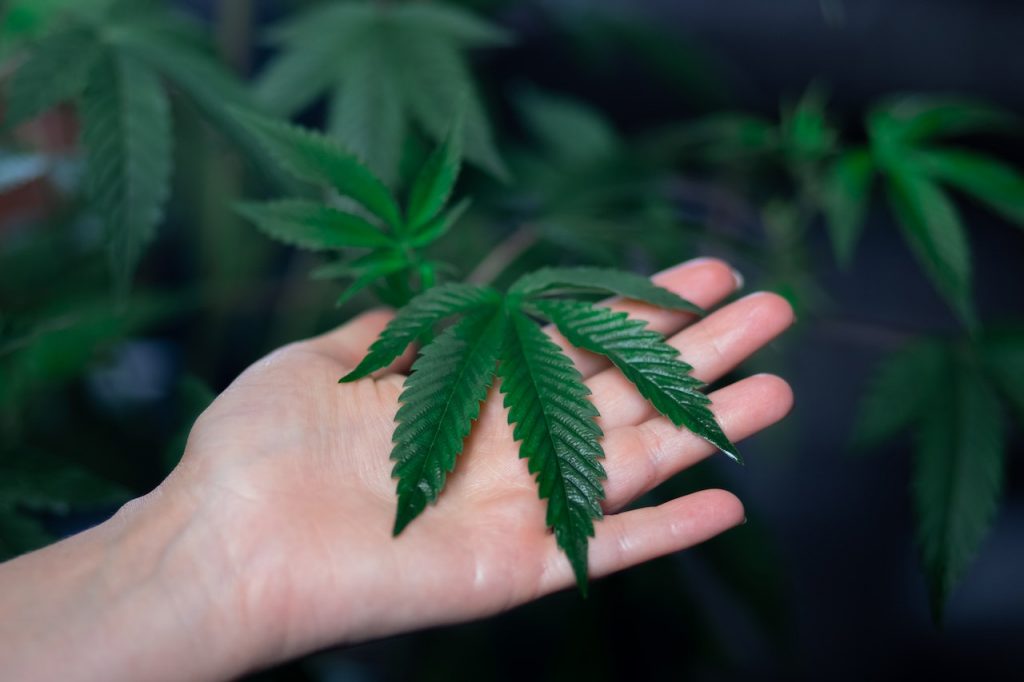There is some controversy surrounding the relationship between breast milk and cannabis. While the scientific evidence is a little mixed, there is evidence that cannabis can affect motor development. In fact, cannabis abuse has been linked to decreased motor development in children as young as one year old. To conclude whether breastfeeding is safe, the abuse of cannabis and other drugs must be excluded. Read on to learn more about the relationship between breastfeeding and cannabis. This article will discuss the findings of the latest research on this issue.
THC concentration in breast milk
A new study suggests that THC content in breast milk may not have any significant effect on the baby’s long-term health. The researchers studied the effects of THC on babies whose mothers had consumed cannabis within the previous six months. While THC lingers in the mother’s body for approximately eight days, it is not known how long the substance stays in the breast milk. Although the results of this study are preliminary, the researchers hope that further research will yield reliable recommendations.
Cannabidiol concentration in breast milk
Cannabidiol (CBD) is a chemical found in cannabis. It has not been studied in nursing women taking pharmaceutical products, but it has been detected in breast milk from some cannabis-using mothers. However, no published information exists about cannabidiol as an antiepileptic during breastfeeding. For this reason, alternative drugs may be better suited for nursing preterm infants or newborns.

THC concentration in plasma
Researchers have determined that a mother’s plasma THC concentration may be increased by marijuana use. A mother’s breast milk contains traces of the psychoactive chemical, THC. Its peak concentration is approximately one hour after consumption, and it remains in her system for up to six days. Because breastfeeding mothers cannot discard their breast milk, the effects of marijuana on her infant are not readily apparent. Most marijuana users do not use cannabis for recreational purposes, but rather to treat symptoms of depression and anxiety.
Cannabinoids concentration in plasma
The cannabinoids present in breast milk have a lipophilic nature and, as a result, are highly concentrated in the milk. The concentration is approximately 40-60 times higher than the plasma concentration, implying that cannabinoids may be present in breast milk in excess of the normal clinical doses. As a result, breast-fed infants may experience a negative effect on their growth rate, despite their high concentrations in the bloodstream.
Cannabinoids concentration in urine
One of the common questions that arise when studying the effects of marijuana on infants is whether breast milk contains cannabinoids. The active ingredient in marijuana, THC, is concentrated in human milk. As a result, it is likely that some amount of THC will be excreted in the infant’s milk, although this concentration is not enough to cause any noticeable side effects. The aim of this study is to determine if and when breastfeeding is safe, and if so, the infant’s exposure to the drug will be reduced.
Cannabinoids concentration in breast milk
The concentration of cannabinoids in breast milk varies depending on the amount of marijuana consumed by the mother. It also varies with the kinetics of smoking cannabis compared to ingesting it. Cannabidiol and delta-9-tetrahydrocannabinol (THC) have been detected. THC was found to be present in breast milk in amounts ranging from 0.4% to 8% of the maternal dose, with the average infant absorbing eight micrograms of THC per day.
THC half-life in breast milk
Recent research has shown that THC can be present in human breast milk six weeks after a woman stops smoking marijuana. The researchers studied the blood, urine, and milk of 25 women who had used cannabis in the past. The research team found that all but seven of the women had detectable levels of THC six weeks after quitting smoking. However, the findings of the study have no direct implications for maternal and infant health.
THC affects hormones involved in breast milk production
THC has the potential to influence the production of breast milk. This compound inhibits the production of the hormone prolactin and stimulates other hormones associated with the quality of breast milk. While there are no studies yet to prove the negative effects of THC on breast milk, breastfeeding has been linked to many health benefits. Infants exposed to THC through breast milk may experience poor suckling, drowsiness, and decreased muscular tone. This could negatively impact the success of breastfeeding and the duration of nursing.
THC affects neurodevelopmental processes in the infant
Cannabis has been shown to alter brain development by increasing GABA activity and decreasing dopamine levels. In animals, it reduces the release of glutamate and amplifies the effects of GABA, which leads to a reduction in locomotor activity. While little is known about how cannabis affects the baby during lactation, studies conducted in humans have confirmed these findings. According to a recent study in the Journal of Neuroscience, THC decreases fetal folic acid uptake. Fetal folic acid deficiency is linked to increased rates of miscarriage, neural tube defects, and low birth weight.





Phenix Health delivers online health services 24/7 provided by Australian doctors and healthcare professionals.